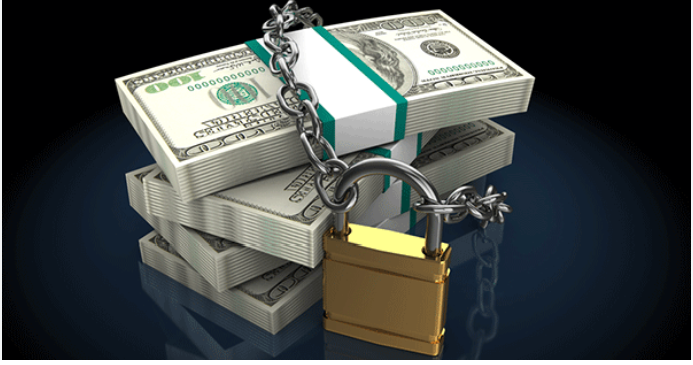The recent re-election of Erdogan as Turkey’s president renewed concerns of a further fall in the TL if he continues with current economic policies. The concern first manifested with international investors shorting CDS and Treasury issued FX bonds. It now appears that domestic savers, too, are becoming worried, trying to buy FX to hedge against Erdogan.
Many experts believe that Central Bank of Turkey’s (CBRT) strategies to control the exchange rate at an artificially low level are unsustainable, given the country’s over 40% inflation rate. To clarify, CBRT is believed to defend the local currency at a level that is too high for a sustainable current account deficit.
Erdogan defeated his opponent Kemal Kilicdaroglu in a first-round vote, which led to an increase in costs for insuring Turkey’s debt against default. This outcome reversed investors’ hopes that Kilicdaroglu would have implemented more conventional economic policies after taking office.
Rating agency Moody’s Investors Service expressed its concern about the potential consequences of another term under President Erdogan, stating it could result in “persistent very high inflation and severe currency pressures.”
The Turkish government has employed various unconventional methods to stabilize their $900 billion economy, including tight controls on foreign currency transfers and special savings accounts launched last year to shield depositors from fluctuations in the lira value.
Today, CBRT issued two new regulations to dampen FX demand. In the morning, it instructed banks to raise the share of TL in total retail deposits. Inability to meet the target ratio would be punished by forcing banks to hold very low yielding government debt in proportion to the shortfall from the target.
In the afternoon, CBRT stepped up its regulatory assault against FX demand, by reducing the amount of FX banks can purchase in the interbank market by 25% according to Turkish newssite Diken.com.tr.
Bankers talking to the press stated that the second regulation was not official, but instituted by phone calls from CBRT to FX desks of banks.
Despite these measures slowing down the depreciation of Turkey’s currency, analysts argue that the lira remains overvalued due to prolonged efforts by central banks propping up its value. Over the past two years alone, it has fallen nearly 60% against US dollars.
Another issue adding fuel to this fire is Turkey’s record-breaking current account deficit of $24 billion during Q1 of this year. According to Fitch Ratings Senior Director Erich Arispe, financing this massive deficit will require billions more dollars – something achievable only through continued tapping into dwindling foreign currency reserves.
HSBC also highlighted Turkey’s current account deficit as one of its main vulnerabilities and predicted the lira to fall even further, potentially reaching 24 or even 27 against the dollar by year-end. Additionally, Barclays analyst Ercan Erguzel estimates that Turkey’s current account deficit will reach around $40 billion within a year and would need roughly $30 billion for financing.
Amid these concerns, it remains uncertain whether Erdogan’s economic policies can maintain stability in Turkey’s economy without significant repercussions on its currency value and investor confidence.
CBRT is probably betting that an Erdogan victory in the second of the presidential elections coupled with rising inflows from tourism will dampen FX demand, while it reconfigures its strategy.
Going forward, there are two paths for the TL. First, CBRT is proven correct and domestics stop buying FX in the summer months. In the alternative path, belief in Erdogan’s policies begetting financial disaster becomes prevalent, leading to new surges in FX demand, as a result of which Ankara may be forced to issue official currency controls.
Follow our English language YouTube videos @ REAL TURKEY: https://www.youtube.com/channel/UCKpFJB4GFiNkhmpVZQ_d9Rg
And content at Twitter: @AtillaEng
Facebook: Real Turkey Channel: https://www.facebook.com/realturkeychannel/
